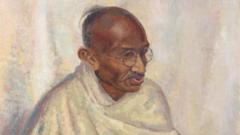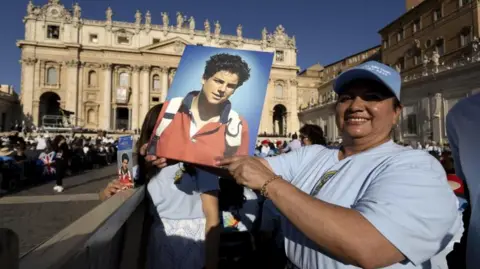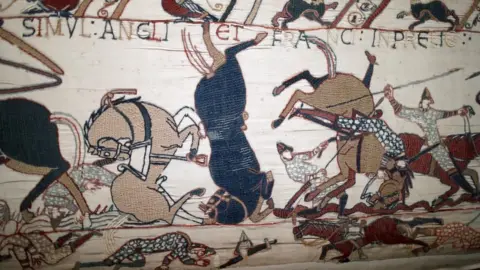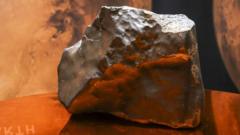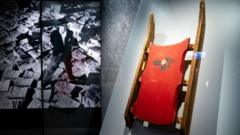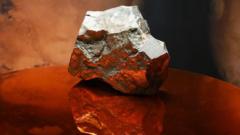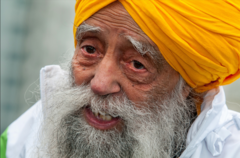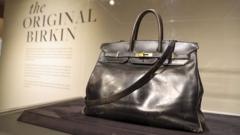The painting showcases Gandhi when he visited London in 1931 for a critical Round Table Conference aimed at discussing constitutional reforms and India’s autonomy from British rule. Clare Leighton’s relationship with Gandhi blossomed through her partner, political journalist Henry Noel Brailsford, who supported the Indian independence movement. During his time in London, Gandhi sat for Leighton on several occasions, leading to this distinctive artwork.
In November 1931, Leighton debuted her portraits of Gandhi at the Albany Galleries, where notable figures from the Indian delegation attended. Although Gandhi did not attend, his likeness was captured in various forms, including a charcoal sketch. British journalist Winifred Holtby offered a vivid description of Gandhi’s pose, noting his iconic expression.
The oil portrait remained in the family of Leighton after her death in 1989, and while it was reportedly damaged during a violent incident in the US, it was restored in 1974. The painting, rich in cultural significance, is anticipated to attract attention from collectors and enthusiasts globally, with the potential for wider public appreciation.
Importantly, the legacy of Gandhi remains complex; his approaches towards reconciliation, though widely revered, elicited controversies during and after his life. He was assassinated in 1948 by Nathuram Godse, who held a opposing view of Gandhi’s methodology towards the Hindu-Muslim dynamic during the tumultuous period of India’s independence.
Art enthusiasts and history buffs alike are eagerly awaiting the auction in the second week of July, which promises to spotlight this rare piece and its momentous ties to India’s fight for independence.
In November 1931, Leighton debuted her portraits of Gandhi at the Albany Galleries, where notable figures from the Indian delegation attended. Although Gandhi did not attend, his likeness was captured in various forms, including a charcoal sketch. British journalist Winifred Holtby offered a vivid description of Gandhi’s pose, noting his iconic expression.
The oil portrait remained in the family of Leighton after her death in 1989, and while it was reportedly damaged during a violent incident in the US, it was restored in 1974. The painting, rich in cultural significance, is anticipated to attract attention from collectors and enthusiasts globally, with the potential for wider public appreciation.
Importantly, the legacy of Gandhi remains complex; his approaches towards reconciliation, though widely revered, elicited controversies during and after his life. He was assassinated in 1948 by Nathuram Godse, who held a opposing view of Gandhi’s methodology towards the Hindu-Muslim dynamic during the tumultuous period of India’s independence.
Art enthusiasts and history buffs alike are eagerly awaiting the auction in the second week of July, which promises to spotlight this rare piece and its momentous ties to India’s fight for independence.

